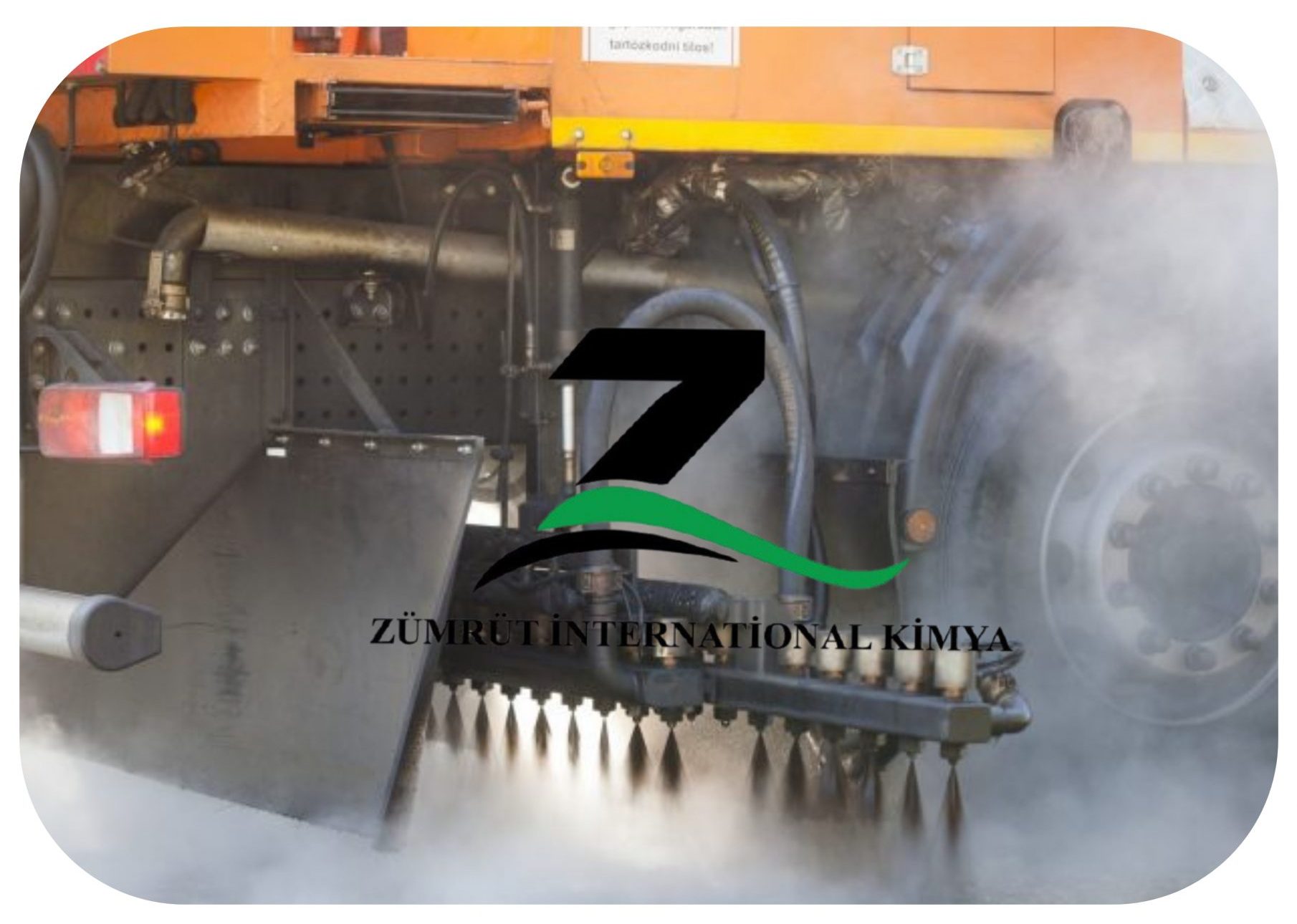
What is Anionic Bitumen Emulsion?
Anionic bitumen emulsion is a water-born bitumen product with negatively charged stabilizers. Anionic bitumen emulsion is generally utilized in road building and maintenance due to the fact that it is eco-friendly, convenient to apply, and also compatible with alkaline aggregates.
How Does Anionic Bitumen Emulsion Work?
This emulsion is formed by suspending water in bitumen with an anionic surfactant. The anionic surfactant gives the bitumen droplets a negative electric charge, and this makes the droplets repel each other and stay suspended. This stabilizes a mixture without the application of heat.
Anionic emulsions are also distinct from the positively charged cationic emulsions because they react best to alkaline aggregates and are hence suitable for some geographical regions and road materials.
Types of Anionic Bitumen Emulsions
- Anionic Bitumen Emulsion SS-1
- Anionic Bitumen Emulsion SS-1h
- Anionic Bitumen Emulsion RS-1
- Anionic Bitumen Emulsion RS-2
Applications of Anionic Bitumen Emulsion
Anionic emulsion is equally critical in most road construction and maintenance phases. Its initial critical use is in prime coating, where it coats the granular base road layer to condition the surface for the asphalt layers. The process enhances the layers’ adhesion and the structural foundation of the road as a whole.
It is also utilized in tack coating, which is deposited between layers of asphalt to create a strong adhesive bond. It prevents slippage and delamination between pavement layers and gives long-term strength. Anionic emulsions are also ideally suited for surface dressing, where it adheres aggregate onto the road surface, enhancing skid resistance and sealing the surface from moisture ingress.
They are also used extensively in the cold mix asphalt process, which is a method where aggregates are mixed with emulsion at ambient temperatures. It is economical as well as environment-friendly since there is no heating involved. Further, crack sealing is another use that is worthy, wherein the emulsion seeps into small surface cracks and seals them as well as keeps water out and minimizes additional damage to the pavement.
Advantages of Anionic Bitumen Emulsions
No need for heat safer, more environmental friendly
Perfect for fast or remote locations due to long shelf life
Yes, compatible with alkaline aggregates
Decreases harmful vapor emissions
Ideal for slow-speed construction conditions
Storage and Handling
Anionic bitumen emulsions contain good stability in storage that makes them well-suited for application in remote or rural areas with potential challenges in transport and storage conditions. They are stable on the shelf and can be kept for long periods of time without deterioration in quality as long as good conditions are maintained.
For packaging, anionic emulsions are typically packaged in leak-proof, tightly sealed containers in order to protect them from water, air, and contamination. They may be steel drums (optimal for medium volumes), Intermediate Bulk Containers (IBCs) with around 1000-liter capacity for easier handling onsite, or bulk tankers for bulk delivery, typically having the capacities of 30,000 liters.
To maintain product integrity, the emulsion should be stored in a shaded, cooler area, away from direct sunlight, freezing temperatures, or intense heat sources. Correct handling practices—use of clean equipment and containers, and shielding from excessive air exposure—will maintain the emulsion’s performance characteristics up to the point of application.
Conclusion
Anionic emulsion is a vital product in modern road construction. Its cold application, environmental friendliness, and suitability with certain aggregates make it an intelligent choice for green infrastructure. From urban planning to construction in remote locations, anionic emulsions offer flexibility, performance, and dependability.

